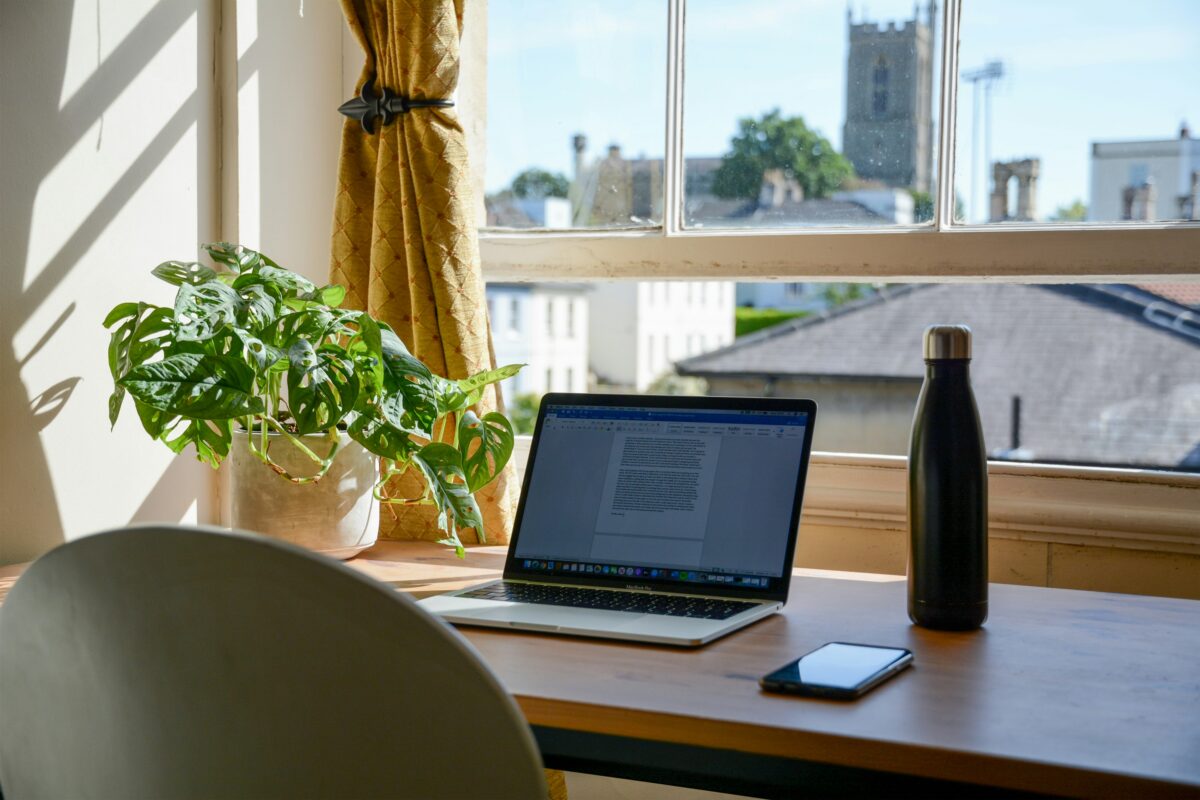A team of researchers from Newcastle University and Heriot-Watt University in the United Kingdom has analyzed the effects of home office and homeschooling during Covid-19 pandemic-induced lockdowns on the electricity consumption of homeowners equipped with PV systems and batteries and has found they achieved substantial savings.
In the study “Remote work might unlock solar PV's potential of cracking the ‘Duck Curve’,” published in Applied Energy, the scientists said they investigated in particular how distributed solar-plus-storage helped mitigate the so-called duck curve.
“This study aimed to understand the initial shifts in behavior during the onset of the lockdown, observe the easing of these changes as restrictions were lifted, and then examine a return to more conventional practices as we transition out of lockdown, exploring the possibility of some changes becoming enduring,” they explained.
Their analysis considered, in particular, the energy performance of 100 homes relying on solar and storage in the southwest of the UK in the period from April to August 2020.
“Of the 100 houses, 46 houses had Sonnen Eco 9.43 batteries, and the rest had Sonnen Hybrid 9.53 batteries, where the solar PV size was 1.71–4.86 kW, and battery size was 2.5 kW or 3.3 kW,” the academics specified. “The distribution included 56 detached residences, 12 semi-detached houses, three mid-terrace houses, and six end-terrace houses.”
The research team found that self-consumption of PV electricity increased by up to 7.6% and reliance on grid electricity decreased by 24-25% during the analyzed period.
“The noticeable rise in solar PV electricity consumption during morning and afternoon aligned with the extended periods of work-from-home and schooling from home,” it added. “While this pattern reduced nighttime energy consumption, it resulted in an overall increase in electricity demand during the lockdown.”
The study also notes that after the Covid-19 crisis came to an end, consumers returned to their previous consumption patterns, aligning with pre-Covid-19 levels. It also highlighted the need to encourage home office practices as a way to help distributed solar resources mitigate the duck curve challenge.
“Future research endeavors could focus on conducting large-scale studies encompassing diverse geographical regions and demographic profiles to enhance the robustness and applicability of our findings,” they concluded, referring to the future directions of their work.
This content is protected by copyright and may not be reused. If you want to cooperate with us and would like to reuse some of our content, please contact: editors@pv-magazine.com.




By submitting this form you agree to pv magazine using your data for the purposes of publishing your comment.
Your personal data will only be disclosed or otherwise transmitted to third parties for the purposes of spam filtering or if this is necessary for technical maintenance of the website. Any other transfer to third parties will not take place unless this is justified on the basis of applicable data protection regulations or if pv magazine is legally obliged to do so.
You may revoke this consent at any time with effect for the future, in which case your personal data will be deleted immediately. Otherwise, your data will be deleted if pv magazine has processed your request or the purpose of data storage is fulfilled.
Further information on data privacy can be found in our Data Protection Policy.